At Charlotte, N.C., Gen. Nathanael Greene found his resources even scantier than he had expected. “Given scope to your imagination and form… as bad a picture as you can draw and still it will fall short of the real state of things.” He had 2,300 men on paper—950 of them Continentals, of whom 1,482 were preset and fit for duty, but only eight hundred were adequately equipped. The men were “in rags or literally naked, housed in makeshift shelters.”
Hanging Rock is an interesting rock formation in lower Lancaster county below Heath Springs. In the 1850s the spot was noted as a “watering place,” or resort. James M. Ingram was owner of the site and put up the “bathe houses” for the public. – Pettus
NATHANIEL GREENE AND THE SOUTHERN CAMPAIGNS OF THE AMERICAN REVOLUTION by James Haw, SCHM, Vol. 109, #3, 2008
———————–
“Stop on George Washington Tour”
City Directories and History: Hanging Rock battle ground site. The marker reads: “Where on Aug 6, 1780 – Colonel Thomas Sumter defeated Major John Garden of the Prince of Wales American Regiment.”
Hanging Rock is applied to the area around Hanging Rock, a large rock which juts from a steep hillside. It is balanced in such a way that its heaviest portion hangs down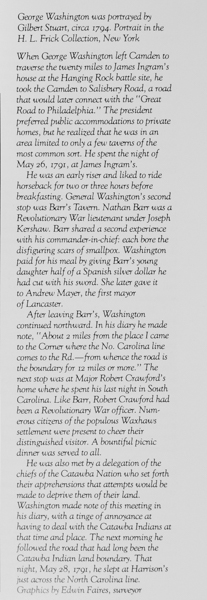 hill, defying all laws of gravitation. The Hanging Rock section was settled just a year or so after the Waxhaws. The first grant was for a hundred acres made to William McKee in 1752. The Hanging Rock is shown and so named on the plat. The creek was marked as the Hanging Rock creek. The plat also shows a Catawba Indian path crossing the creek a few hundred yards above the rock. The battle fought nearby during the Revolutionary War is commemorated by a stone marker erected in 1948 by Waxhaws Chapter of the Daughters of the American Revolution of Lancaster. Sumter, Davie, and Hill were among the commanding officers of the battle which resulted in a victory for the Americans. The Hanging Rock area has been cleared and a road will soon be paved giving ready- access to this historic spot. (Information from: Names in South Carolina by C.H. Neuffer, Published by the S.C. Dept. of English, USC)
hill, defying all laws of gravitation. The Hanging Rock section was settled just a year or so after the Waxhaws. The first grant was for a hundred acres made to William McKee in 1752. The Hanging Rock is shown and so named on the plat. The creek was marked as the Hanging Rock creek. The plat also shows a Catawba Indian path crossing the creek a few hundred yards above the rock. The battle fought nearby during the Revolutionary War is commemorated by a stone marker erected in 1948 by Waxhaws Chapter of the Daughters of the American Revolution of Lancaster. Sumter, Davie, and Hill were among the commanding officers of the battle which resulted in a victory for the Americans. The Hanging Rock area has been cleared and a road will soon be paved giving ready- access to this historic spot. (Information from: Names in South Carolina by C.H. Neuffer, Published by the S.C. Dept. of English, USC)
“One of the few individuals killed at the battle was John William Fairey of Colleton/Lower Orangeburg District in Lowcountry S.C.”
Capt. John McClure, who headed a company of mounted riflemen, was out trying to recruit more men and to urge the despondent frontier people that not all was lost. McClure was soon to die after being wounded at the Battle of Hanging Rock. Louise Pettus – Article on Clem’s Branch
Stay Connected
Explore history, houses, and stories across S.C. Your membership provides you with updates on regional topics, information on historic research, preservation, and monthly feature articles. But remember R&R wants to hear from you and assist in preserving your own family genealogy and memorabilia.
Visit the Southern Queries – Forum to receive assistance in answering questions, discuss genealogy, and enjoy exploring preservation topics with other members. Also listed are several history and genealogical researchers for hire.
User comments welcome — post at the bottom of this page.
Please enjoy this structure and all those listed in Roots and Recall. But remember each is private property. So view them from a distance or from a public area such as the sidewalk or public road.
Do you have information to share and preserve? Family, school, church, or other older photos and stories are welcome. Send them digitally through the “Share Your Story” link, so they too might be posted on Roots and Recall.
Thanks!
User comments always welcome - please post at the bottom of this page.
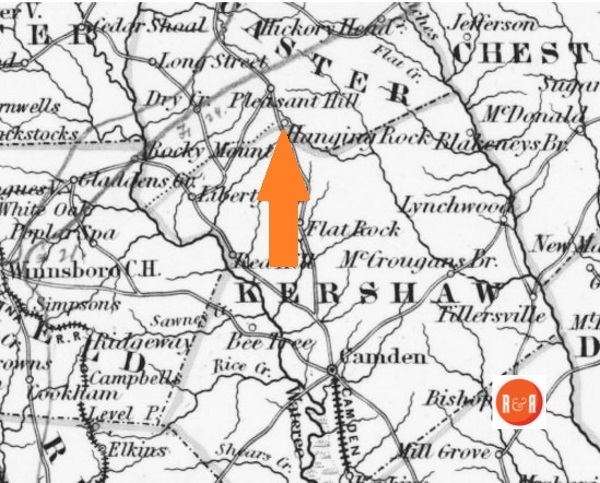
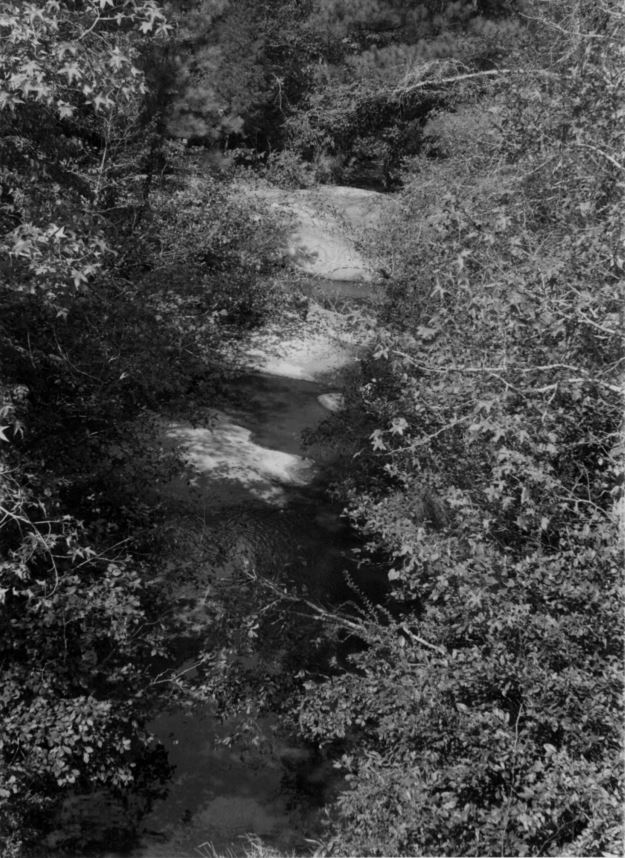
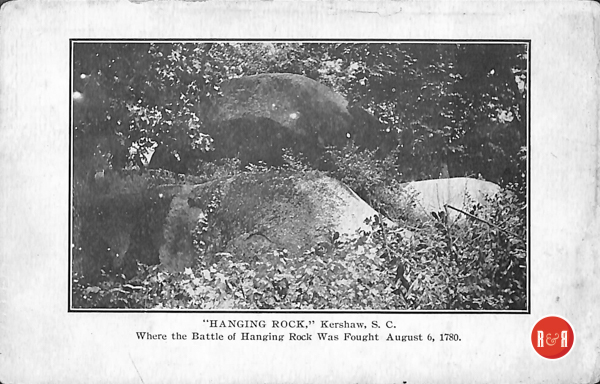
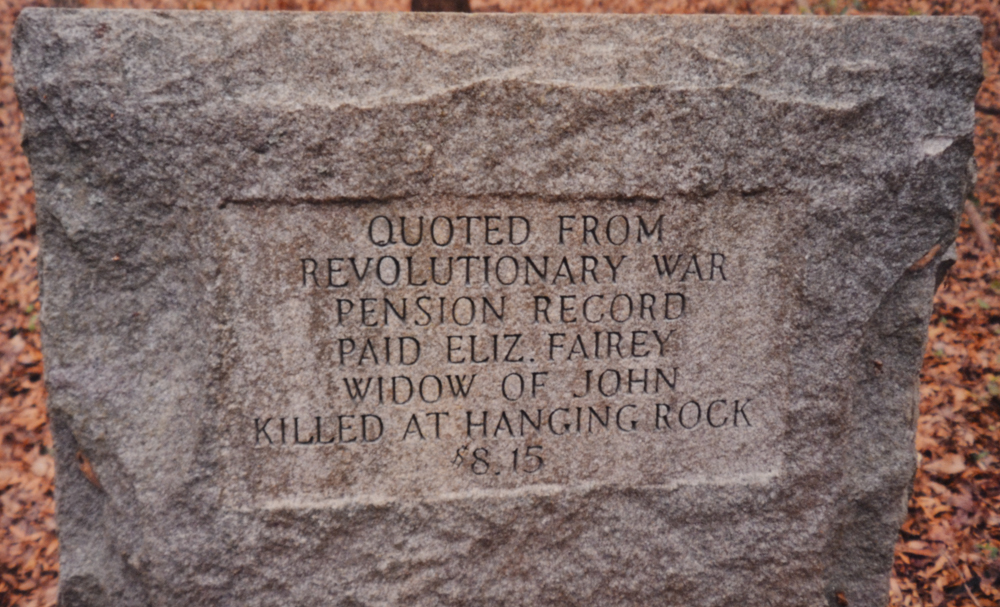
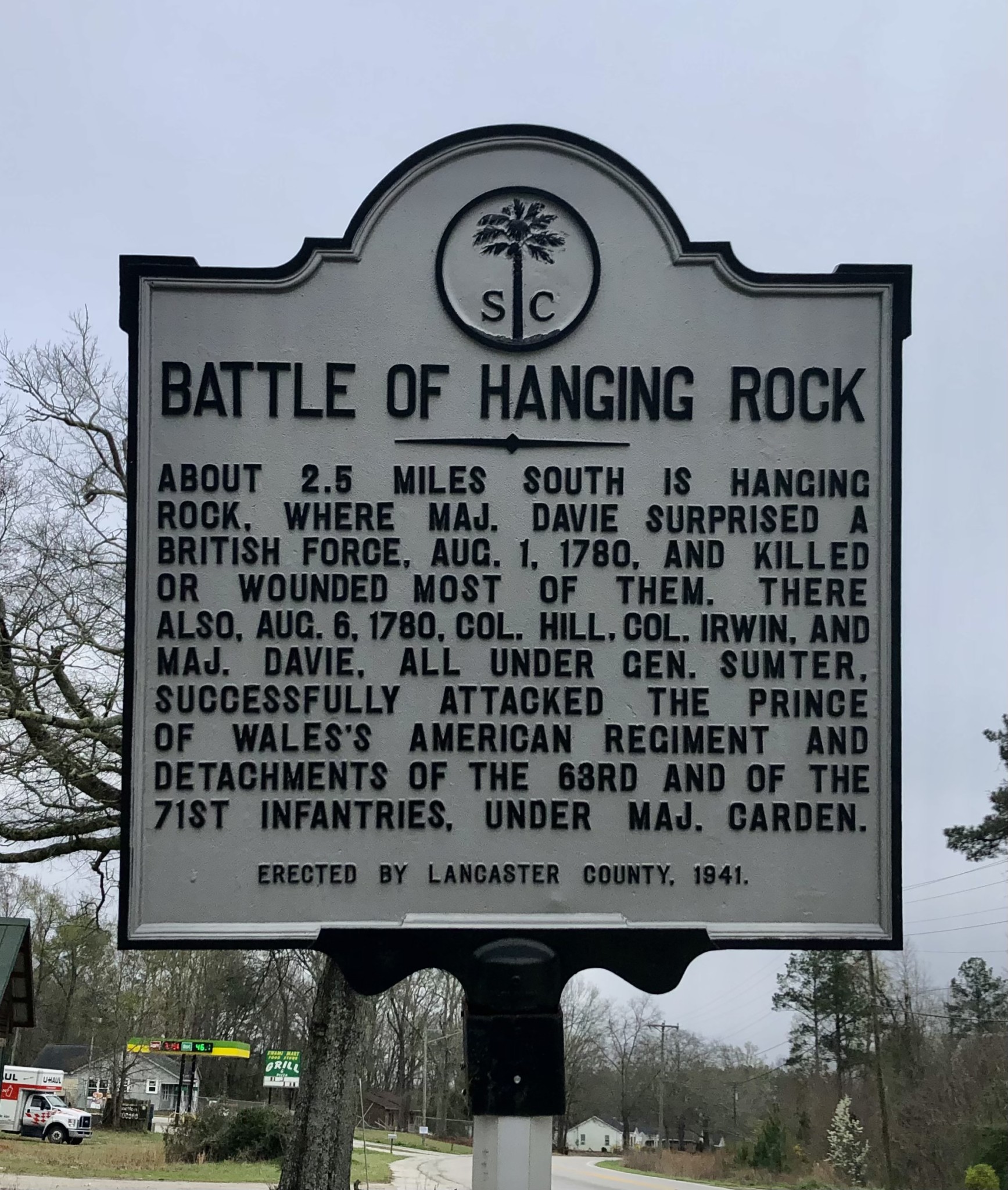




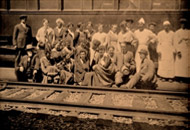
Share Your Comments & Feedback: